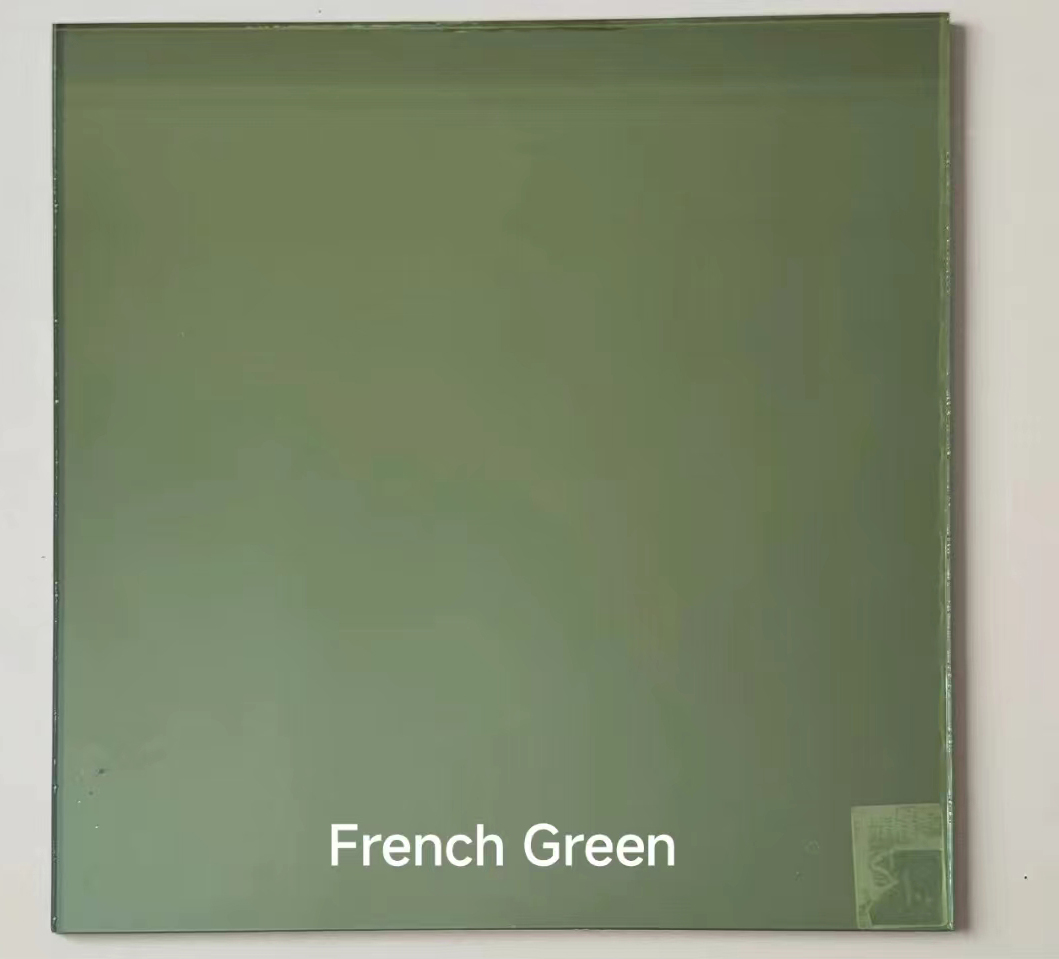

The Art of Coloured Patterned Glass A Fusion of Tradition and Creativity
Coloured patterned glass has captivated the human imagination for centuries, serving as a testament to both artistic expression and technological advancement. The unique interplay of colors, shapes, and textures found in this medium not only enhances aesthetic appeal but also evokes emotions and tells stories that transcend time and culture. This article delves into the history, techniques, and modern applications of coloured patterned glass, illuminating its significance in both art and architecture.
Historical Context
The use of coloured glass dates back to ancient civilizations, with examples found in Egyptian, Roman, and Byzantine artifacts. The artistry of glassmaking evolved significantly during the Middle Ages in Europe, particularly with the advent of stained glass windows in Gothic cathedrals. These windows, often adorned with vibrant colors and intricate patterns, were designed to inspire awe and convey biblical narratives to the largely illiterate populace.
As glassmaking techniques advanced, artisans began experimenting with various methods of creating patterned glass. These included the use of glassblowing, casting, and engraving, each resulting in distinct finishes that contributed to the overall design. The 19th century saw the introduction of glass machines that allowed for greater mass production of patterned glass, making it more accessible than ever before.
Techniques and Innovations
The artistry of coloured patterned glass is supported by a range of traditional and contemporary techniques. Stained glass, which involves the assembly of pieces of colored glass held together with lead came, remains one of the most recognized forms. This technique allows for detailed imagery and is particularly noted for its luminous quality when illuminated by sunlight.

Another method is glass painting, where pigments are applied to the surface of the glass and then fired in a kiln to create permanent designs. This technique has been used to create astonishingly intricate patterns and scenes that can be both symbolic and decorative.
In modern times, technological advancements such as digital printing have revolutionized the world of glass artistry. Artists can now create high-resolution images and patterns directly onto glass surfaces, expanding the creative possibilities. This has led to the emergence of unique design styles and the integration of glass into various aspects of architectural design, from facades to interior spaces.
Contemporary Applications
Today, coloured patterned glass is not confined to religious or historical buildings. Designers and architects embrace its versatility, incorporating it into residential homes, commercial spaces, public art installations, and more. The transparency and play of light through patterned glass create dynamic environments, enhancing the mood and ambiance of a space. From colorful bathroom windows to large-scale glass murals, the applications are both imaginative and diverse.
In addition, coloured glass is increasingly used in sustainable design. Its ability to manipulate natural light can reduce energy consumption in buildings by minimizing the need for artificial lighting. Moreover, eco-friendly glass-making practices are gaining traction, allowing artists to create stunning works while being mindful of their environmental impact.
Conclusion
The legacy of coloured patterned glass is a blend of historical significance and modern innovation. It stands as a symbol of human creativity and craftsmanship, captivating audiences with its intricate designs and vibrant hues. As artists and designers continue to explore new techniques and applications, coloured patterned glass remains a vital medium that connects people with the beauty of light, color, and narrative. Whether viewed in a majestic cathedral or a contemporary art gallery, the allure of coloured patterned glass endures, inviting us to appreciate the artistry and stories woven into every piece.